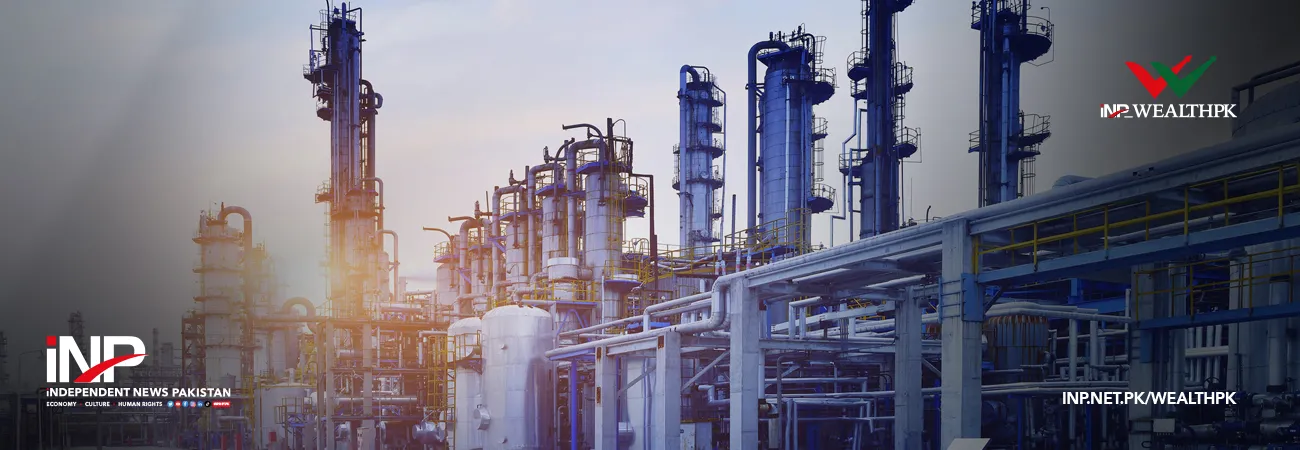INP-WealthPk
Moaaz Manzoor
Pakistan's industrial sector showed a marginal improvement in the first quarter of the ongoing financial year 2024-25 (1QFY25), but high borrowing costs, economic uncertainty, and agricultural vulnerabilities continued to hinder sustainable recovery, reports WealthPK.

The State Bank of Pakistan’s monetary policy statement noted a slower decline in industrial sector growth in 1QFY25 than the previous year. Industrial contraction eased slightly, shifting from a negative 0.97% in 1QFY24 to a negative 0.85% in 1QFY25. However, this marginal improvement offers little cause for optimism, especially considering that the broader trend has reversed from FY24, when large-scale manufacturing (LSM) showed signs of revival, to a deepening decline in the first five months of FY25.
Speaking with WealthPK, Dr Nasir Iqbal, Head of the Macro Policy Lab at the Pakistan Institute of Development Economics (PIDE), highlighted that industrial growth remains sluggish despite the government’s efforts to promote a positive business environment. “Even after the policy rate was cut from 22%, investment has failed to gain momentum due to persistent economic uncertainty and increasing efforts to formalise various sectors. Investors are either hesitant or inactive amid heightened government intervention, and the industrial sector now faces an additional risk from agriculture.
The prolonged drought, despite sporadic snowfall over the past four months, is expected to weigh heavily on agricultural output. As industries rely on agricultural inputs, any shortfall in the sector will have a cascading effect on industrial production.” Iqbal further noted that while the government has refrained from introducing a mini-budget and is considering reducing real estate tax rates, these measures alone are unlikely to generate significant industrial growth. “Key industries such as steel, cement, and fertilizer, which collectively employ a large share of the labour force, remain stagnant.”
Hissanur Rehman, an instructor at the Pakistan Stock Exchange (PSX) and a vocal proponent of economic reform, echoed similar concerns. He emphasised that high borrowing costs had constrained industrial expansion, dampened export growth, and disproportionately benefited the banking sector. He asserted that Pakistan must shift toward policies that empower industries, prioritise export-led growth, and strengthen financial markets.
“By reducing dependence on external borrowing and unlocking the potential of local businesses, the country can foster long-term economic resilience.” The industrial sector’s sluggish recovery underscores deeper structural issues beyond temporary fiscal adjustments. While minor improvements in contraction rates may signal stabilisation, the absence of robust investment, rising agricultural vulnerabilities, and restrictive financial conditions continue to pose significant hurdles. Pakistan's economic recovery will likely remain fragile without comprehensive policy measures that balance monetary stability with industrial expansion.
Credit: INP-WealthPk




